ON THIS DAY: 1961: Sheffield's Park Hill flats are opened - looking back at their 56 year history - PICTURES AND VIDEO
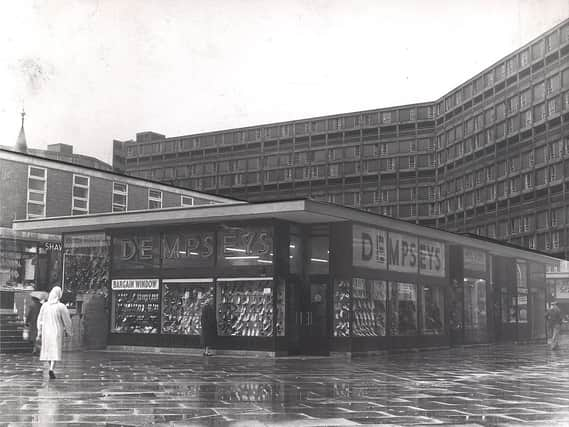

It was on June 16, 1961 that the £2 million brutalist blocks, keeping a watchful eye over the city centre, were opened by Leader of the Opposition, Hugh Gaitskell.
Construction had started some four years previously in 1957 - and the project was one of the most revolutionary civil engineering products undertaken in the UK at the time.
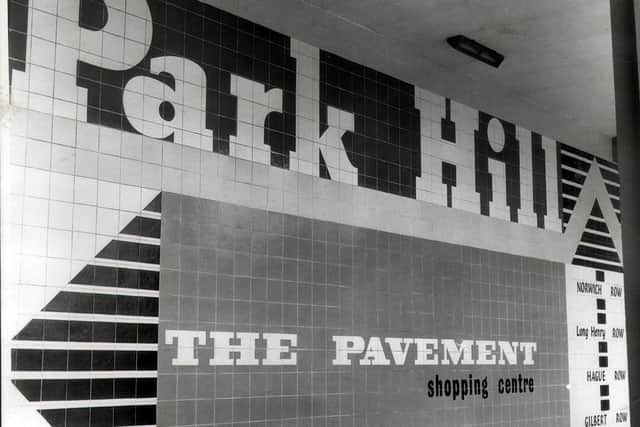

Advertisement
Hide AdAdvertisement
Hide AdPreviously an area of rundown back-to-back housing, the area was colloquially known as Little Chicago due to the amount of violent crime there.
By the 1930s, the area was a virtual slum and a decision was taken to clear away the shabby streets and replace them with something altogether more modern and exciting - although the Second World War derailed the proposals for several years.
Following the war it was decided that a radical scheme needed to be introduced to deal with rehousing the Park Hill community.
“Our aim,” said Alderman Albert Smith when the proposal was first mooted, “is to provide beautiful, well-designed flats that will be an advance on anything that has gone before; something that will be attractive to the eye, complete with ornamental gardens and greens.”
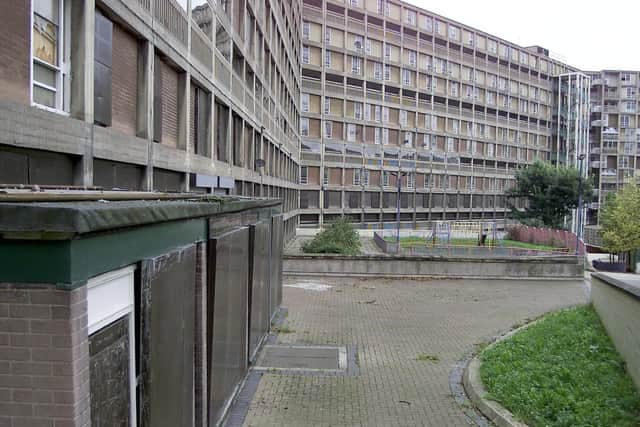

Advertisement
Hide AdAdvertisement
Hide AdTo that end, architects Jack Lynn and Ivor Smith under the supervision of John Lewis Womersley, Sheffield Council’s City Architect, began work in 1953 designing the Park Hill Flats.
Inspired by Le Corbusier's Unité d'Habitation and the Smithsons' unbuilt schemes, the deck access scheme was viewed as revolutionary at the time - and the style became known as brutalism.
To maintain a strong sense of community, neighbours were re-homed next door to each other and old street names from the area were re-used - e.g. Gilbert Row and Long Henry Row.
The second phase consisted of four high rise blocks, containing 1160 dwellings, on the hill behind, joined to the main scheme by two three-storey terraces to the east of Bernard Street that contained 153 dwellings. This was renamed in May 1961- becoming the Hyde Park flats - and opened by the Queen Mother in 1966.
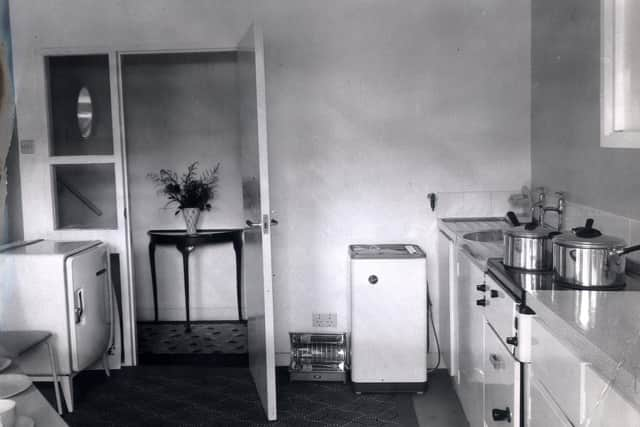

Advertisement
Hide AdAdvertisement
Hide AdThe 995 Park Hill flats and maisonettes, four pubs and 31 shops were linked by bridges across the upper decks - known as streets in the sky - and wide enough for milk floats to pass along on daily deliveries.
The shopping facilities, known as The Pavement were provided on the lowest part of the site, there were four public houses - The Earl George on The Pavement, The Link and the Scottish Queen on Gilbert Row, and the Parkway on Hague Row.
Initially popular and successful, Government restrictions on how potential tenants were allocated to flats and the limitations of the fabric of the building which decayed when not adequately maintained, poor noise insulation and resident security caused their popularity to wane.
By the 70s and 80s, the flats were rundown and dirty and the area was considered dangerous - with crime and anti-social behaviour rife. This newspaper reported on "lovemaking in the lifts" and dark walkways, enclosed spaces and an intimidating atmosphere saw it dubbed a "hooligans' playground."
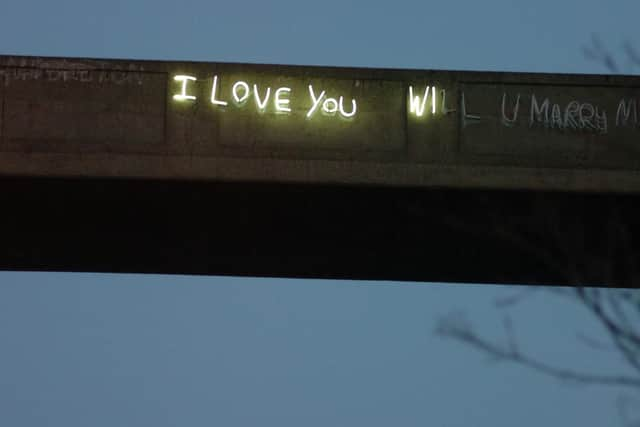

Advertisement
Hide AdAdvertisement
Hide AdThere were rats, ants, cockroaches, damp, litter, arson, an armed seige, drug dealing and yobs throwing bottles, excrement, slabs and furniture from upper walkways - and the whole complex became a no-go zone.
Tragedy struck on April 18, 1979 when a television lobbed from a balcony killed an eight-year-old girl.
Despite the problems, the complex remained structurally sound and was controversially Grade II listed in 1998 making it the largest listed building in Europe.
However, following a long period of decline, developer Urban Splash stepped in to take the flats on and gradually, the blocks are being turned into upmarket apartments and business units, the multi-coloured cladding helping to brighten up the building's concrete flanks.
Advertisement
Hide AdAdvertisement
Hide AdAnd controversially, one of the city's most unusual landmarks has been restored as part of the development.
The "I love you will u marry me" graffiti, scrawled high above the city in 2001 as a plea from a lovestruck man to his girlfriend, was turned into a neon sign - while the woman it was aimed at tragically died in 2007 from cancer, without ever marrying the writer.